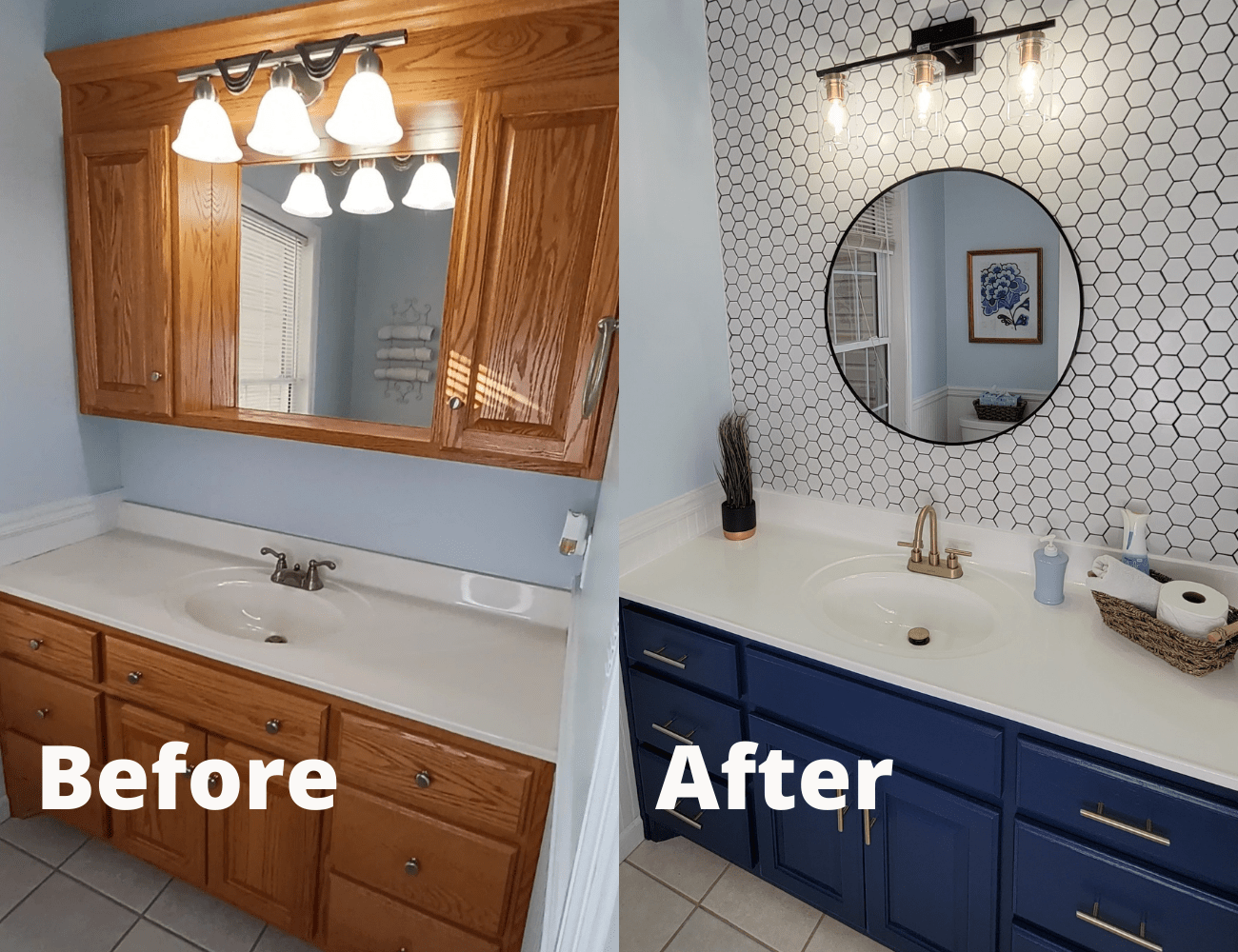Regular Inspection
Regular roof inspections are essential for identifying potential issues before they escalate into major problems. Inspect your roof at least twice a year, preferably in the spring and fall, as well as after severe weather events such as storms or heavy rainfall. Look for signs of damage, including missing or damaged shingles, cracks, leaks, and sagging areas.
Clean Gutters and Downspouts
Clogged gutters and downspouts can cause water to overflow and accumulate on the roof, leading to water damage and rot. Clean your gutters and downspouts regularly to remove leaves, debris, and other obstructions that can impede water flow. Consider installing gutter guards to help prevent clogs and reduce maintenance requirements.
Trim Overhanging Branches
Overhanging branches can rub against the roof surface and cause damage to shingles or puncture the roof membrane. Trim back any branches that hang over the starline home.com/ to prevent them from coming into contact with the roof and causing damage. This will also help reduce the risk of debris buildup on the roof and minimize the potential for damage during storms.
Repair Leaks Promptly
If you notice any signs of water infiltration or leaks in your home, such as water stains on the ceiling or walls, musty odors, or dripping water, it’s essential to address them promptly. Ignoring leaks can lead to mold growth, wood rot, and structural damage. Identify the source of the leak and repair it as soon as possible to prevent further damage to your home.
Replace Damaged Shingles
Damaged or missing shingles can compromise the integrity of your roof and leave it vulnerable to water infiltration and damage. Replace any damaged or missing shingles promptly to prevent leaks and extend the lifespan of your roof. Use roofing cement to secure loose shingles and prevent them from lifting or blowing off during high winds.
Professional Inspection and Maintenance
While DIY roof maintenance is essential, it’s also crucial to have your roof inspected and maintained by a professional roofing contractor periodically. A professional inspection can identify hidden issues and ensure that your roof is in good condition. Schedule a professional inspection at least once every few years or as recommended by your roofing contractor.
Conclusion
Proper maintenance and timely repairs are key to keeping your home’s roof in optimal condition and protecting your investment. By understanding the signs that indicate it’s time for maintenance or repair, exploring material options, and following the proper steps in the maintenance and repair process, homeowners can ensure that their roofs remain safe, secure, and watertight for years to come.




